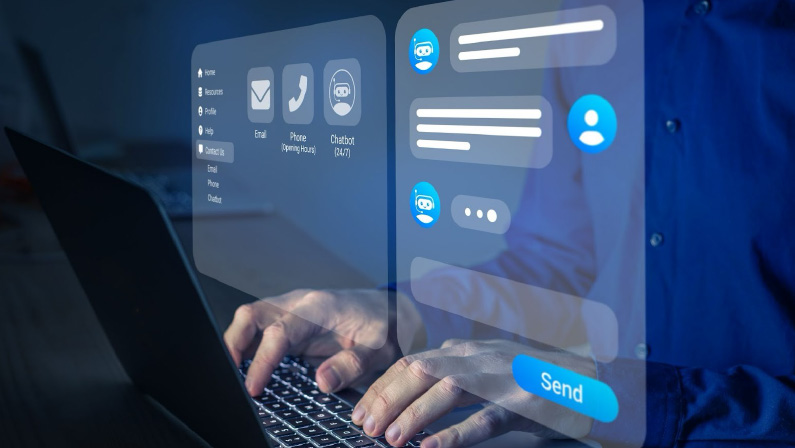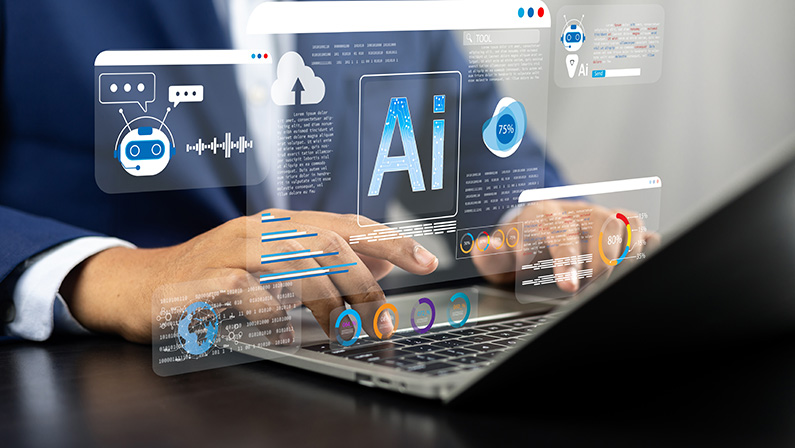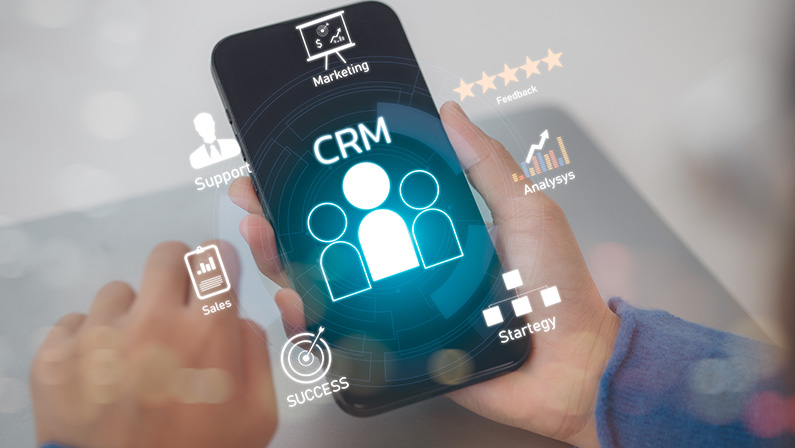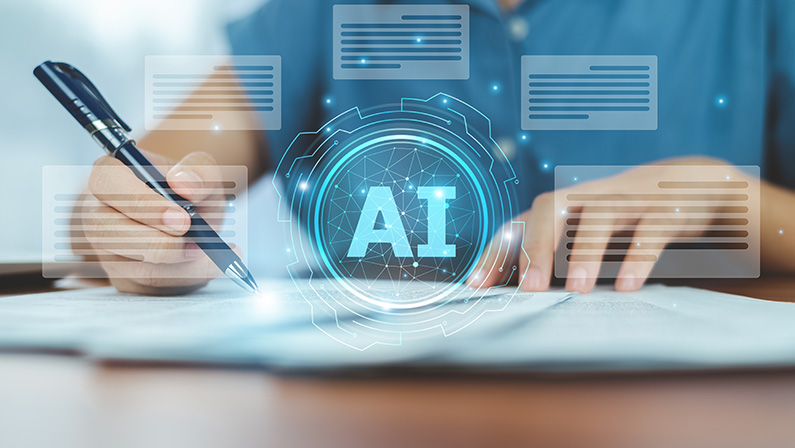
Customer interactions aren’t what they used to be—these days, people want fast answers, personal touches, and seamless experiences across every channel. If your platform still relies on old systems or clunky workflows, you could be falling behind without even realizing it.
Now’s the time to ask: is your platform ready to handle the way customers connect, buy, and expect support today? Let’s take a closer look at what it takes to keep up and keep customers happy.
How Customer Interactions Have Evolved

It’s no secret that how businesses interact with customers has changed dramatically in recent years. Driven by new technology and rising consumer standards, customer interaction trends now shape every touchpoint, from first click to ongoing support. Understanding these shifts is key to meeting evolving customer expectations and staying ahead of the competition.
Shift to Digital-First Engagement
Gone are the days when face-to-face or phone calls were the only ways to connect. Today’s customer interaction trends show that people expect to engage online first—through websites, apps, or social media.
If your platform isn’t optimized for digital-first communication, you risk losing touch with how modern customers prefer to interact.
Demand for Speed, Personalization, and Convenience
Modern customers want quick answers, tailored recommendations, and hassle-free experiences. This means businesses must embrace tools and processes that deliver instant support and customized interactions.
Failing to meet these evolving customer expectations can send your audience straight to a faster, more attentive competitor.
Multi-Channel to Omnichannel Expectations
It’s not enough to be present on multiple channels anymore—customers expect a seamless, connected experience across all of them.
Today’s customer interaction trends highlight that whether someone switches from chat to email to phone, they want consistent information and smooth transitions.
Meeting these omnichannel demands requires a flexible, integrated platform that keeps the entire customer journey in sync.
Signs Your Platform May Be Outdated
Even the best tools can fall behind if they aren’t updated to match modern customer engagement needs. An outdated CX platform can quietly create roadblocks that frustrate customers and overwhelm your team.
Watch out for these telltale signs that it’s time to upgrade how you handle interactions.
Slow Response Times or Support Bottlenecks
If customers wait too long for answers, they’ll quickly look elsewhere. Slow replies and overloaded agents mean your CX platform isn’t equipped for modern customer engagement demands. Faster tools and smarter workflows can dramatically boost satisfaction and loyalty.
Lack of Integration Between Channels
When your support, sales, and marketing tools don’t talk to each other, it creates confusion for both your team and your customers. Modern customer engagement requires a seamless experience no matter where an interaction starts. A fully integrated CX platform ensures everyone has the same up-to-date information.
Limited Data on Customer Preferences and Behaviors
Without rich data, it’s nearly impossible to personalize interactions or anticipate needs. If your platform doesn’t capture and organize customer insights, you’re missing opportunities to deliver standout service. Modern customer engagement relies on data-driven decisions to keep interactions relevant and effective.
No AI or Automation Capabilities
Manual processes slow everything down and increase human error. Today’s leading CX platform options include AI chatbots, automated workflows, and smart routing to handle routine tasks. Adding automation frees your team to focus on complex, high-value interactions.
Poor Mobile Support
Customers expect to connect on the go, whether they’re using an app or messaging from their phone. An outdated platform that isn’t mobile-friendly can lead to clunky experiences and lost opportunities. A modern customer engagement strategy must prioritize smooth, responsive mobile interactions for every user.
Features Modern Customer Interaction Platforms Must Have

To keep up with evolving customer expectations, your platform needs more than just the basics. The best customer communication tools today include advanced features that make interactions faster, more personalized, and effortlessly connected.
Omnichannel Communication Support
Customers want to switch between chat, email, social media, and phone without repeating themselves. A modern platform must unify all channels to deliver seamless conversations in one place.
Real-Time Analytics and Reporting
You can’t improve what you don’t measure. Built-in analytics and live dashboards help you track performance and make quick, data-driven decisions.
AI-Powered Chatbots and Automation
Smart bots handle routine questions instantly, freeing up human agents for complex tasks. Automation also ensures faster response times and consistent support around the clock.
CRM Integration and Customer Journey Mapping
Connecting your platform to a robust CRM gives teams a 360-degree view of every customer. Journey mapping tools then help personalize each interaction based on past behavior and preferences.
Customization and Scalability
Every business is unique, so your tools should flex to match your needs. Look for a solution that’s easy to customize and can grow with your business without costly upgrades.
The Business Impact of Not Adapting
Failing to keep up with changing customer expectations doesn’t just frustrate your audience—it directly affects your bottom line. Without the right customer communication tools and by putting off upgrading customer service software, businesses risk serious long-term consequences.
Loss of Customer Loyalty and Satisfaction
Outdated tools make it harder to deliver the fast, helpful interactions customers expect. When support feels slow or disconnected, loyalty drops and customers look for brands that value their time.
Negative Reviews and Reputation Damage
Poor service experiences often lead to unhappy customers sharing their frustration online. Negative reviews can spread quickly, harming your reputation and deterring potential new customers.
Increased Churn and Missed Revenue Opportunities
When your platform can’t keep pace, customers slip away to competitors with smoother service. High churn rates and lost upselling chances mean you’re leaving money on the table every day.
Competitive Disadvantage
Brands that invest in better customer communication tools and keep upgrading customer service software gain an edge. Falling behind makes it harder to compete, no matter how great your product or pricing may be.
How to Evaluate and Upgrade Your Platform
Upgrading your system is the first step to delivering an exceptional digital customer experience and reliable omnichannel customer support.
- Start by reviewing your current tools and processes, then pinpoint what needs improvement to keep pace with evolving expectations.
- Check if your platform supports real-time communication and integrates with your other tools.
- Evaluate whether you can provide seamless omnichannel customer support—from chat to email to social media.
- Look for automation and AI features that reduce repetitive tasks and free up your team’s time.
- Choose a solution that can scale easily as your customer base and digital customer experience needs grow.
Future-Proof Your Customer Relationships

Today’s customers expect quick, personalized, and connected service at every interaction. Keeping up with these demands means investing in the right tools and continuously upgrading customer service software to deliver a standout experience.
Leapify CRM, a leading predictive AI CRM, helps you stay ahead by transforming how you manage customer data, automate communication, and deliver proactive support. With Leapify CRM, you can unlock the power of AI-driven insights and provide a seamless digital journey across all channels.
Are you looking to elevate your customer interactions and future-proof your business? Discover Leapify CRM today and experience smarter, faster, more meaningful connections.




.webp)
.webp)
